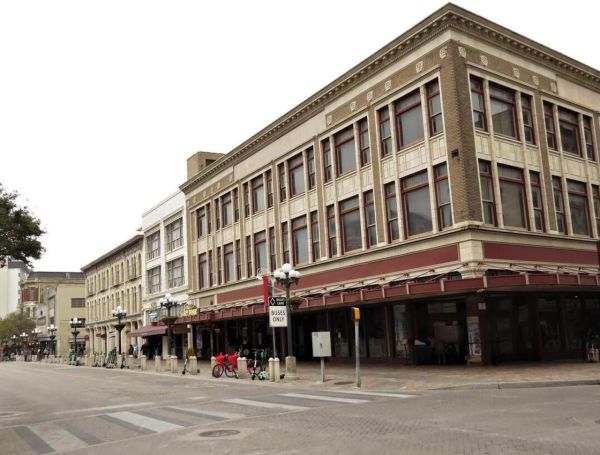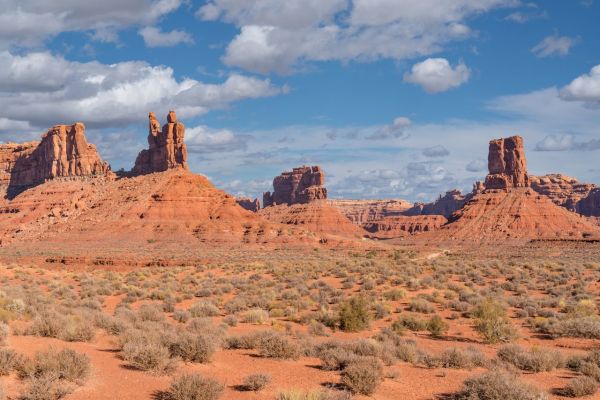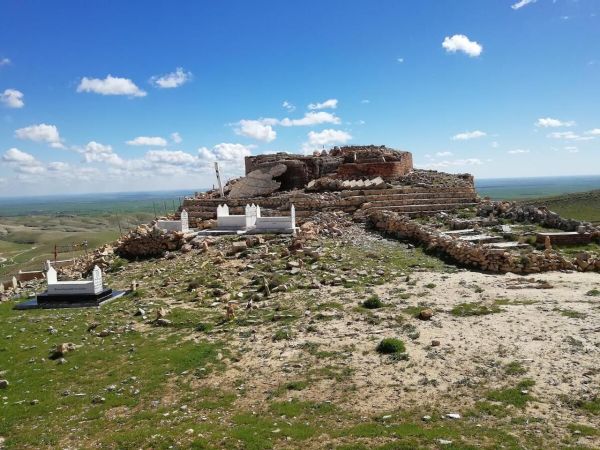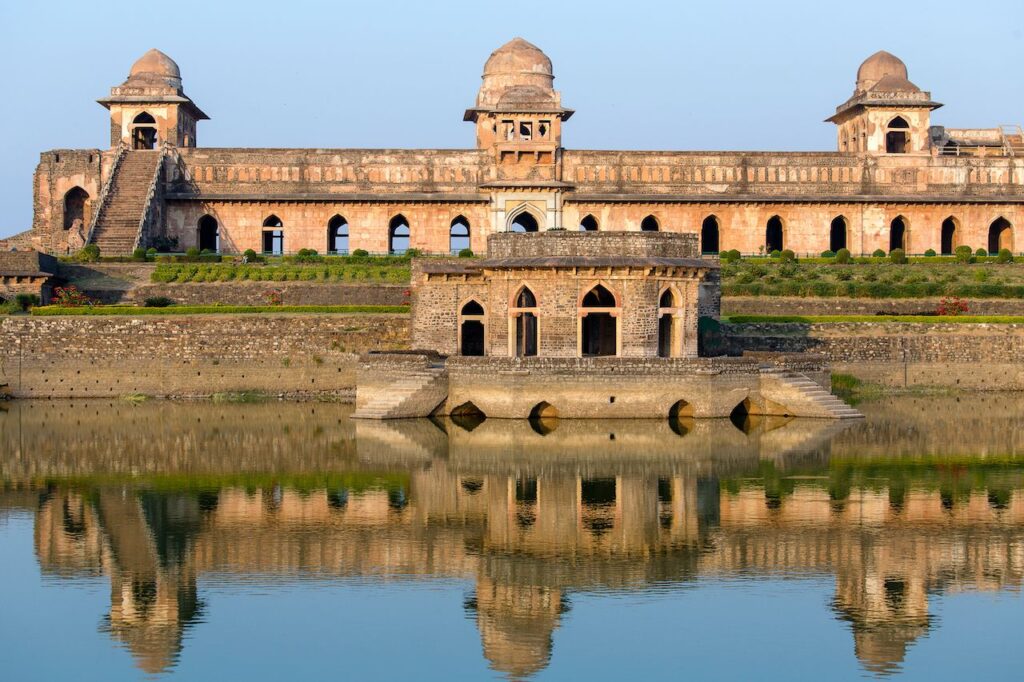The World Monuments Fund has declared the 25 cultural sites to save in 2020. These are all very important heritage sites which are endangered and are in desperate need of preservation and protection. From the quintessential Notre-Dame in Paris to a seemingly common farmhouse in Myanmar, here are the 25 world monuments which need saving in 2020 according to the famous nonprofit organization.
Founded in 1965, the World Monuments Fund is an organization which fights for the conservation of important sites across the globe. Every other year, they release a list of such threatened world heritage sites to raise awareness and inform the communities of the cultural richness they could lose one day.
Without further ado, here are the 25 cultural sites which need to be saved according to the World Monuments Fund:
1. The Old Jewish Mahalla of Bukhara
Bukhara is a medieval city protected by UNESCO. Its Jewish cultural importance is not known by many. Not everyone is familiar with the fact that between the 16th and 20th century, Bukhara was maybe the largest kernel of Jewish activity from Central Asia.
There are only about 200 residents living in the Bukharian Jewish quarter now and the preservation of the Jewish traditional Bukharian houses is crucial for the world cultural heritage.

2. San Antonio Woolworth Building
It was built in 1921, but it wasn’t until 1960 that this building became crucial to our collective history and culture. In that year, Woolworth and 6 other businesses opened their lunch counters to everybody. This is considered one of the most important civil rights movement gesture in our tumultuous modern history. Nowadays, the building is on the brink of demolition.

3. Central Aguirre Historic District
Central Aguirre was the ultimate sugar production hub in the 19th and 20th century. It was basically a sugar company town, but now it is nearly abandoned and the Irma and Maria hurricanes have seriously damaged it. Nevertheless, the greatest issue this town is suffering from is neglect and that is why the WMF has included it on their list.

4. Bears Ears National Monument
There are about 100,000 archaeological sites here which prompted President Barack Obama to name this place a national monument in 2016. Nowadays, Donald Trump really changed this protected land and opened it up to mining, oil and gas extraction which really damage its natural beauty and its indigenous inhabitants.

5. Courtyard House of Axerquia, Cordoba, Spain
This former Roman port has also been the cultural Islamic capital of Iberia, but now the traditional houses are in danger due to an incredible increase in tourism waves and the residents leaving their houses and choosing to live elsewhere.

6. The Kindler Chapel from the Pabianice Evangelical Cemetery in Poland
The Kindler Chapel was a gift from the then-famous German textile manufacturer Rudolf Kindler who wanted to repay the people of Pabianice. Lodz, the nearby city was a very important centre of the country’s textile industry in the 19th century.

7. The Sacred Valley of the Incas
This is the home of the Machu Picchu, beautifully placed in the Peruvian Andes by a hand of God. This area is extremely famous and dangerously-trafficked as the state is planning on building an airport nearby to better capitalize this sacred site’s tourism value. This worried the WMF and every archaeologist who cares about its incredible cultural beauty and importance.

8. The Anarkali Bazaar in Lahore, Pakistan
This bazaar is one of the oldest markets in South Asia and not further away from it sits a 16th-century Mughal mausoleum. Lahore is a rapidly-growing urban city and by the look of it, it can swallow the traditional Bazaar for good.

9. Chivas and Chaityas of the Kathmandu Valley, Nepal
The 7.8 earthquake that hit Nepal in 2015 caused worrying damage to the seven UNESCO World Heritage sites nested in the Kathmandu Valley. There has been restoration work ever since to mend the destruction done by nature. Nevertheless, there is a bigger threat on the horizon: urbanization. And it can hit hard on the ancient Buddhist shrines.

10. Choijin Lama Temple, Ulaanbaatar
This temple is one of the few survivors of the Mongolian communist regime which swept away every traditional Buddhist heritage. This is why this temple’s preservation is of great importance to the Mongolian Buddhism making its comeback in our modern era.

11. Traditional Burmese Teak Farmhouses in Myanmar
These teak and bamboo farmhouses in Myanmar are a heritage which needs a lot more studying and recording for it holds an important piece of history and culture from the country’s transition to post-colonial history.

12. Canal Nacional, Mexico City
Mexico City once depended on its waterways to transport goods and develop its urban wildlife. There is no longer any practical use for the canal network and the authorities are in talks of turning it into a road. Nevertheless, the local community wants to protect it as a reminder of their history. The WMF has embarked on this movement.

13. Iwamatsu District, Japan
This was a sake brewing place and became a town in the 17th century. It prospered during the Meji era; that is 19th to 20th century and there are still beautiful structures of those times there. The WMF wishes to refurbish the traditional family homes and merchant houses of this district to keep its cultural beauty intact.

14. Inari-yu Bathhouse, Japan
The public bathhouses are a deep part of the Japanese culture. They have fallen out of fashion in our modern era and that is why a lot of them have simply disappeared. Still, Inari-yu Bathhouse still stays tall in Tokyo and the WMF wants to preserve its structure and turn it in a community centre.

15. Mam Rashan Shrine, Iraq
The Yazidi people erected this holy site. They were victims of a genocide committed by the Islamic State in 2014. Many of the religious heritage sites were also destroyed. Nevertheless, there are a few Yazidis left and they have reclaimed Mam Rashan Shrine as the centre of their community and the WMF needs to give them a hand in preserving their history and heritage.

16. Sardar Vallabhbhai Patel Stadium, Mumbai, India
This is a cricket stadium primarily built for international competitions. It is important for India for its architectural development and the WMF seeks to give a hand given the lack of funds on India’s side for its physical sustenance.

17. The Historic Water Systems of the Deccan Plateau, India
In this region of India, there are extremely rainy months followed by extended dry periods. For that, they built huge reservoirs for water. The Marathwada’s Aurangabad district reservoir is the only one operational today. It is worth preserving both as a historic heritage and as a testimonial of long-lasting technology.

18. Gingerbread Neighborhood, Haiti
The Gingerbread Houses are spread in and around Port-au-Prince, in Haiti and they’re famous for their latticework, a combination of Victorian architectural styles and local adaptations based on the local climate. The 2010 earthquake hit Haiti hard and many buildings were destroyed, locals wish to restore them and the WMF wants to help them raise awareness for these educational and cultural centres.

19. Tusheti National Park, Eastern Georgia
This national park has protected status since 2003, but the region is so swarmed with tourists that the locals’ way of life is in danger.

20. Bennerley Viaduct, England
Built-in 1877, this is the only of two remaining wrought-iron viaducts in England. Although it is of no real use today, it holds great architectural value and the local community wants to turn it into a walking and cycling route.

21. Notre-Dame of Paris
No one can forget the April flames which destroyed this incredible cathedral’s roof and spire. Reconstruction began immediately, but the world is not sure of how much structural damage the fire did to this famous cultural building. We hope it will survive in all its glory and so does the World Monuments Fund.

22. Alexan Palace, Egypt
This palace is situated in Asyut, an important port city in the 19th century where wealthy families would build palaces. One good example is the Alexan Palace which now belongs to the government and is closed to the public. The local community strives to convert this beautiful piece of architecture into a museum and preserve it accordingly.

23. Easter Island-Orongo, Chile
Somewhere in the Pacific Ocean, lies an island rich in monolithic moai statues and a 17th-century village which can tell the world more about the Tangata Manu birdman cult rites in the post-moai era.

24. Ontario Place, Canada
Built-in 1971 for recreation, this incredible piece of architecture is spread across three artificial islands and once was a very important venue for concerts, movies, theme parks and so on. However, his reputation somehow died down leading to it being closed and then re-opened and then closed again over the years.

25. Koutammakou Land of Batammariba, Togo
This place is famous for the mud homes, the <<takienta>>, a symbol of the Togolese culture and history.

